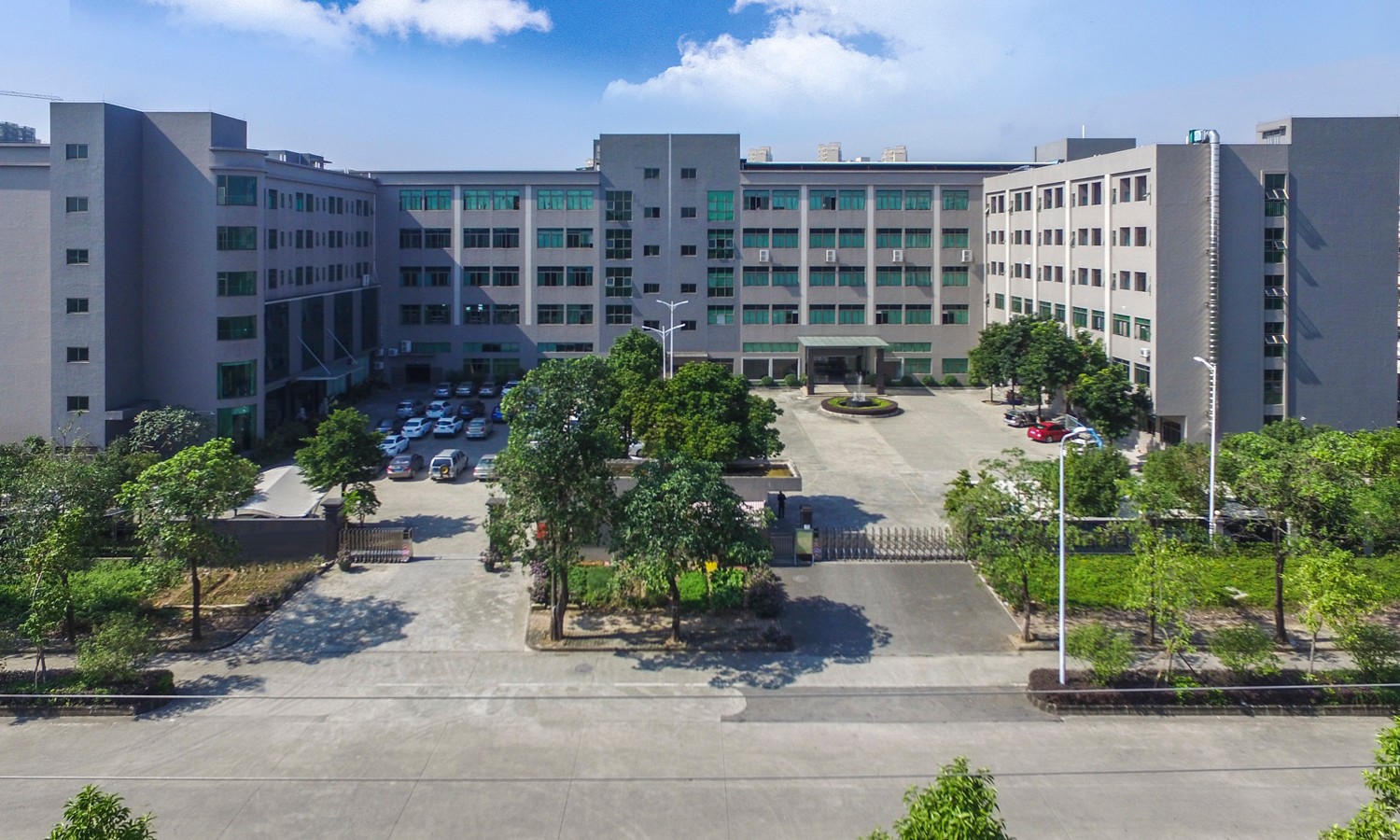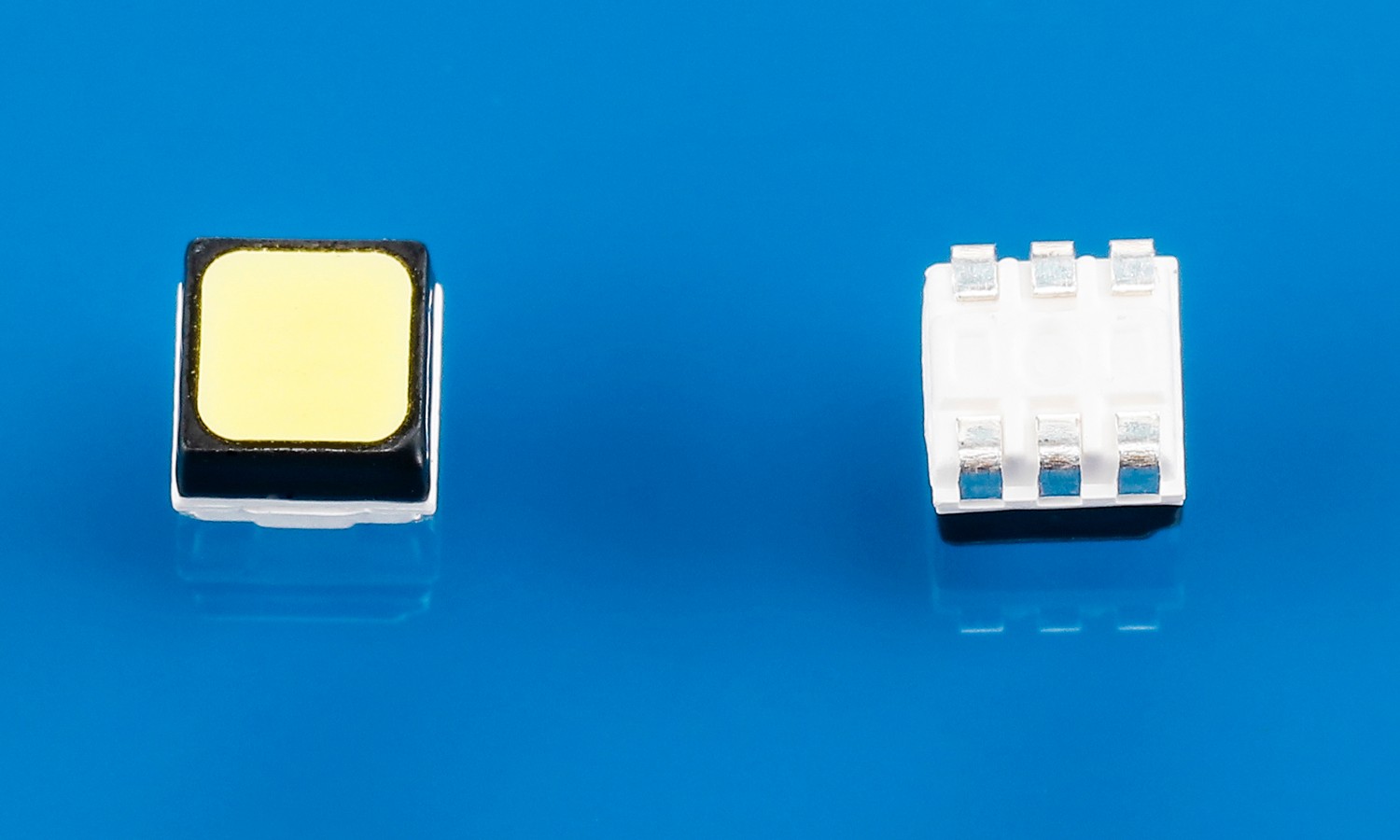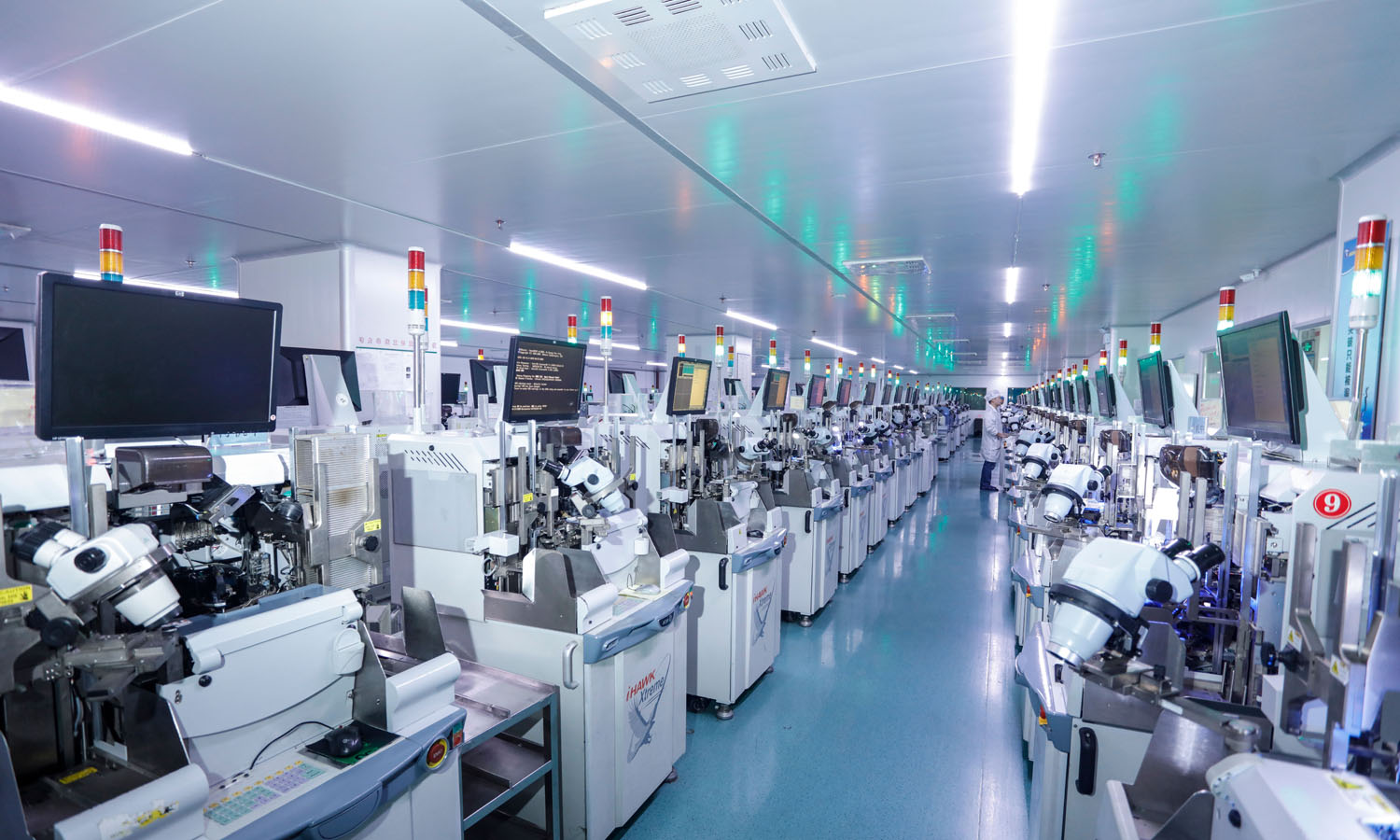The measurement of luminosity, chroma, and other indicators is an indispensable part of lighting design. In this era of advocating humanistic lighting, it is necessary to add the measurement of humanistic parameters in the design process. This paper gives a brief introduction to this topic.
First of all, we must emphasize that our measurement tools and software are constantly updated. These updates enable users to obtain more functions and provide more information to customers. So it is important to keep up with the update. Here we mainly talk about the most frequently used photometer updates in lighting design.
Lighting Passport produced by Asensitek, for example, adds the computational functions of Circadian Stimulus (CS) and Equivalent Melanopic Lux (EML) on the basis of its spectral analysis function. These new functions, combined with traditional illumination (Photopic Lux), can give lighting designers a more intuitive concept to understand the specific effects of light on human function.



By using photometers, we can evaluate the effects of many light sources on human bodies, such as LED lamps, mobile phones, tablets, TV sets, etc. Although these effects can be predicted by software at the design stage of the project, the actual verification requires the use of photometers.
For the parameter of CS, the basic design requirements are as follows: keeping CS > 0.3 during the day and CS < 0.1 after dusk. For the EML parameter, WELL building standards require people to have EML of 200-250 in the activity time, and less than 50 after dusk.
Of course, instrument and standard guidance are not enough, we need to use the right method to collect data. It should be noted that when we measure CS and EML, it is inappropriate to measure only CS and EML values on the horizontal plane such as the ground or desktop. Because we have to make it clear that although sunlight on the skin can affect human function (for example, sunlight on the skin can stimulate vitamin D production), only light entering the human eye can affect the circadian rhythm of the human body. Therefore, when measuring CS and EML values, it is necessary to place the photometer's photosensitive probe in the position of the human eye, and the probe plane must be parallel to the plane of the human eye, that is, perpendicular to the horizontal plane. As for the placement height, the average eye height can be calculated according to the average height of people. And since people will walk in many different spaces, and may stay in each space for a considerable period of time, lighting designers need to consider these factors comprehensively to estimate the impact of lighting conditions on people in design projects.
To sum up, the evaluation of CS and EML values by instruments in lighting design is helpful for designers to make designs that are more conducive to human needs, and increasing the measurement function in this area has become an inevitable choice for manufacturers of photometric measuring equipment.
Finally, a small suggestion is given. For those who work with computers for a long time, a LED lamp with adjustable color temperature and brightness can be installed in the direction of the computer screen, but not directly illuminated to the face to provide environmental lighting. This will not produce dazzling light, but also help to maintain the normal circadian rhythm of the human body.

